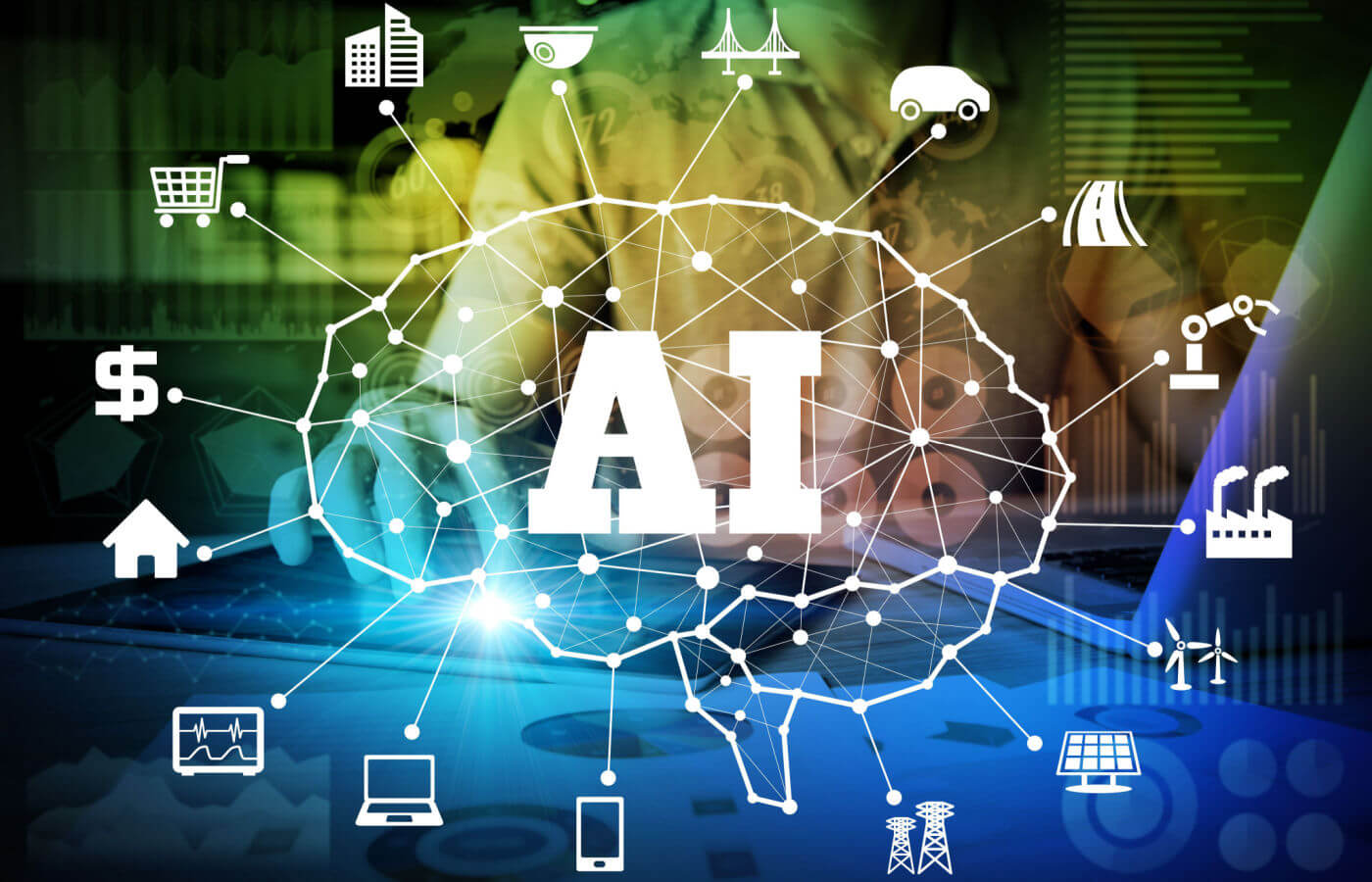Microsoft Tests Enhanced Copilot Vision with Screen and App Recognition Features

Microsoft Testing Enhanced Copilot Vision Features
Microsoft is continually innovating, and their latest development involves an updated version of Copilot Vision. This enhanced tool is designed to analyze what you have on your screen and which applications you are using. Below is a closer look at what this means and how it could impact users.
What is Copilot Vision?
Overview of Copilot
Copilot is an AI-powered assistant integrated into Microsoft applications, aimed at improving user productivity. Originally introduced to aid users in tasks across various platforms, Microsoft is now enhancing Copilot’s capabilities to allow it to visually interpret the user interface and applications in real time.
New Features
With the updated version, Copilot Vision incorporates advanced recognition technologies. This allows it to observe your screen and identify elements, including:
- Open Applications: The ability to detect which applications are running.
- Screenshot Analysis: Interpreting images and content displayed on your screen.
- Contextual Understanding: Grasping the current tasks you are engaged in to offer tailored suggestions.
How it Works
Machine Learning and AI
The updated Copilot leverages machine learning algorithms and artificial intelligence (AI) to achieve its new capabilities. By analyzing visual information, it can offer assistance relevant to the current context.
User Interaction
When using Copilot Vision, users can interact with it in a more dynamic manner. For instance, it might suggest actions based on the application you are using or provide quick access to features that align with your ongoing tasks.
Benefits for Users
Enhanced Productivity
One of the key advantages of this technology is increased productivity. By understanding what users are working on, Copilot can suggest shortcuts, commands, or actions that could save time, allowing for a more fluid work process.
Streamlined Workflow
With Copilot Vision, users can enjoy a streamlined workflow where the assistant reacts to their actions in real time. This can minimize the need to switch between different applications or search for information manually.
Personalized Experiences
The more Copilot learns about user behavior and preferences, the better it can tailor its suggestions. This personalization enhances the user experience by making it more intuitive.
Potential Applications
Office Suite Integration
Copilot Vision is expected to integrate seamlessly with Microsoft Office applications, such as Word, Excel, and PowerPoint. This means it can assist with document formatting, data analysis, or presentation enhancements based on the user’s current needs.
Collaboration Tools
In platforms like Microsoft Teams, Copilot Vision can elevate user interaction by assisting in meetings, managing tasks, or facilitating quicker decision-making based on visual cues.
Future Developments
Ongoing Testing and Feedback
As Microsoft continues testing Copilot Vision, user feedback will play a pivotal role in shaping further enhancements. This iterative approach aims to refine its functionality and ensure it meets user needs effectively.
Broader Application Potential
Beyond Office and collaborative tools, there is potential for Copilot Vision to extend its capabilities into other domains, including customer service and education, where visual recognition could enhance the learning experience or customer interactions.
Challenges Ahead
Despite its promises, the integration of Copilot Vision is not without challenges. Privacy concerns regarding screen data and accuracy in recognizing varied software environments are critical aspects that Microsoft must address as they roll out this technology.
In summary, the development of Copilot Vision stands to revolutionize user experience in Microsoft applications by offering smarter, context-aware assistance, paving the way for more efficient and intuitive workflows.





